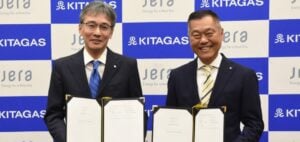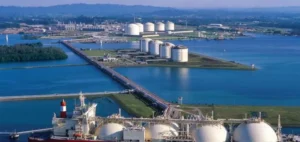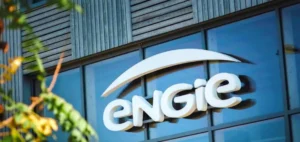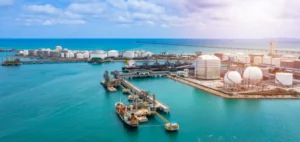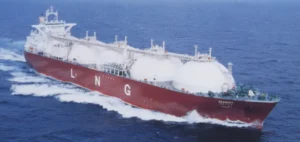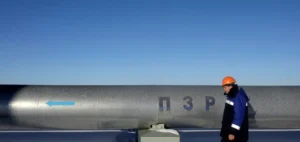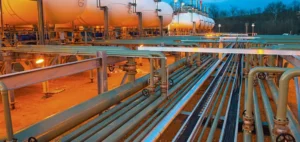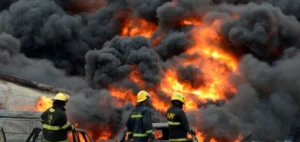A liquefied natural gas (LNG) import terminal ship has arrived in Finland, the country’s state-owned gas grid operator announced, as Finland seeks to reduce its dependence on Russian gas.
“The floating terminal vessel has proven to be the fastest and most effective solution to gradually reduce Finland’s dependence on Russian gas and to ensure the continuity of gas supply in Finland,” state-owned operator Gasgrid said in a statement.
Floating LNG terminals allow natural gas to be imported by sea in liquid form. They consist of a mooring platform and a vessel known as a FSRU (floating storage and regasification unit), where the LNG is delivered, stored and regasified before being sent to the grid.
According to Gasgrid, the new terminal ship, which can hold about 68,000 tons of LNG and is leased for a period of ten years, will be ready to supply Finnish households, industry and energy producers from mid-January.
“The gas can come from anywhere in the world where LNG is supplied, but not from Russia,” Gasgrid CEO Olli Sipilä told AFP. The terminal will also allow deliveries to the Baltic countries (Estonia, Latvia and Lithuania) as well as to Poland via the Balticconnector pipeline, which links Finland and Estonia.
In May, Russia’s Gazprom announced that it would supply 1.49 billion cubic meters of natural gas to Finland in 2021, or about two-thirds of the country’s total consumption. However, natural gas accounts for only about 8% of Finland’s total energy consumption.
In Europe, other countries are adopting these liquefied gas terminals to reduce their dependence on Russian gas. In December, Germany, which was 55% dependent on Russian gas imports, inaugurated its first floating terminal and five other terminals will follow within the year.



